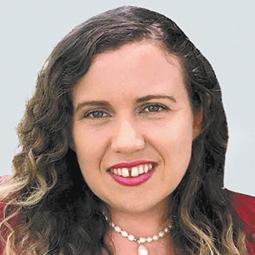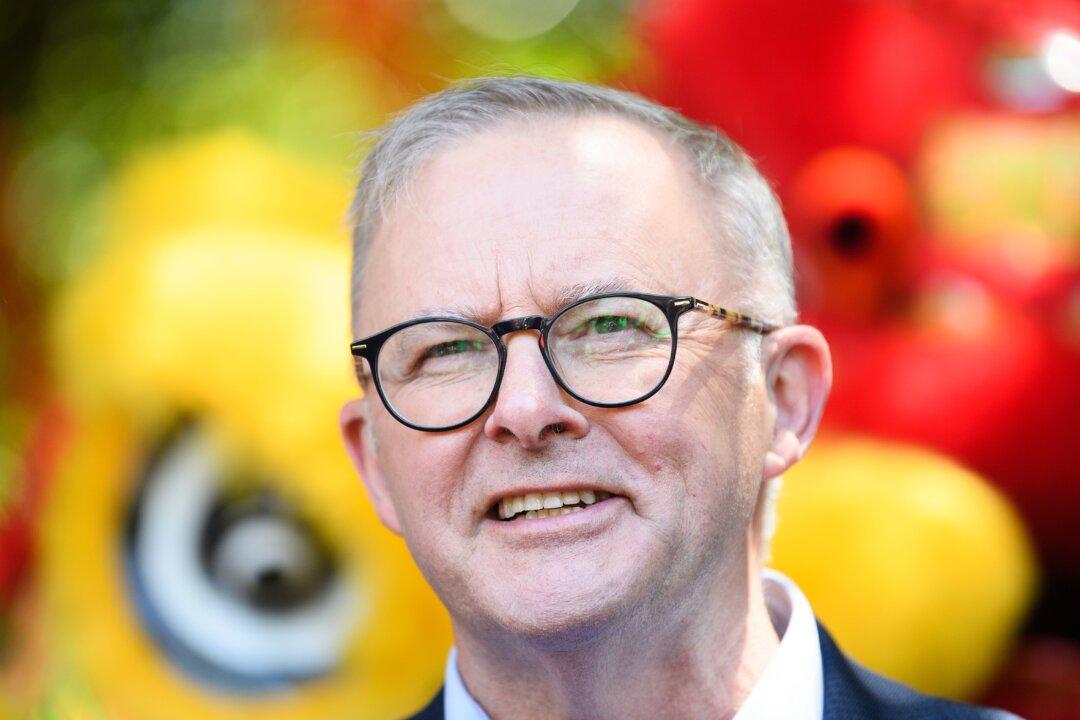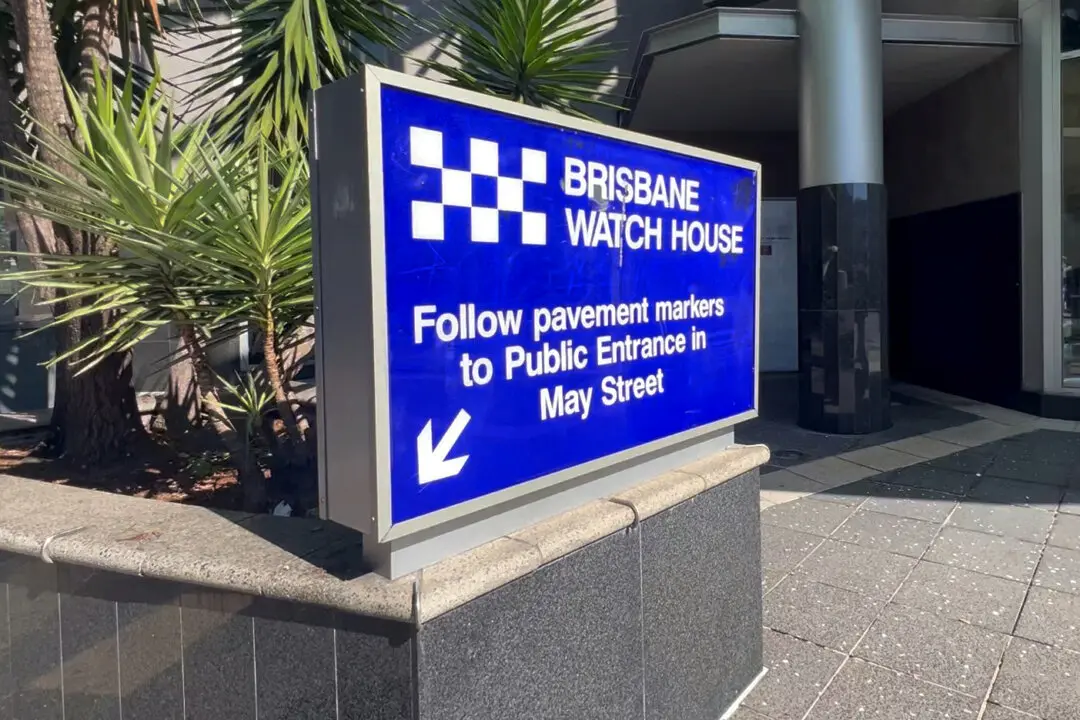Australia’s Mid‑Year Economic and Fiscal Outlook (MYEFO) revealed a widening gap between government spending and the amount of revenue coming in.
The combined deficit over the next four years is projected to reach $143.9 billion (US$89.57 billion), about $21.8 billion worse compared to prior forecasts.
Finance Minister Katy Gallagher has maintained the government is controlling spending.
“We’ve got some big pressures coming on to the budget. We’ve been talking about that those for a while: aged care, health care, NDIS, defence, and paying interest on the government’s debt. And I think we’ve made progress in all of those areas,” she told ABC Radio National in December.
“We’ve put in reforms the NDIS, we’ve put in reforms to aged care, and both of those are showing improvements in MYEFO,” Gallagher said.
5. Medical Benefits
Payments related to the Medical Benefits Program—including services like the universal healthcare service Medicare, which covers health and hospital services—will increase by 5 percent each year from 2024-25 to 2034-35.In 2024-25, taxpayers will contribute an extra $292.2 million, and $1.2 billion over the next four years to 2027–28.
Budget update documents say there has been a “higher than expected demand for medical services.”
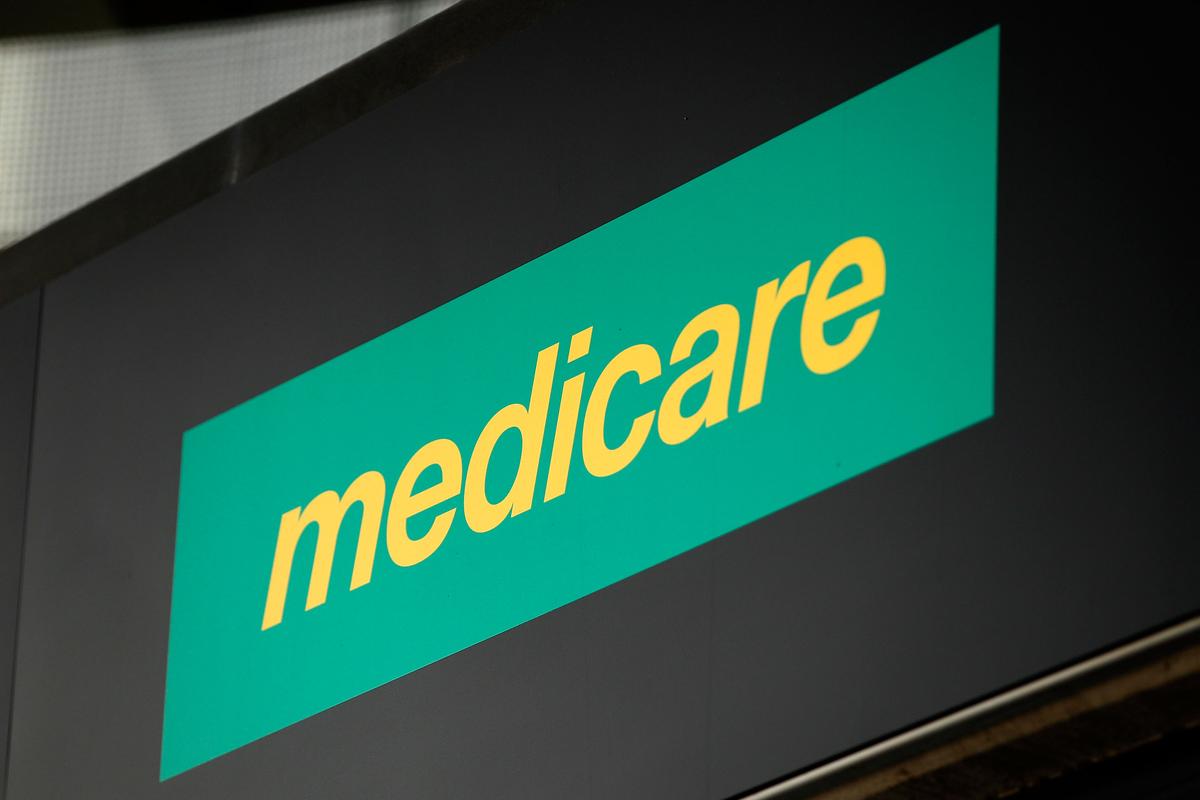
4. Hospital Funding
More Australians are relying on public hospitals for care, according to the Australian government, with funding set to ratchet up over 6 percent each year for the next decade.It is believed contributing factors include Australians dropping their private health insurance, an ageing population, increase chronic and mental illness, inadequate GP access, and a global shortage of healthcare workers.
The Commonwealth’s contribution to the states and territories towards public hospital funding was estimated to be $28.4 billion in 2023–24, but much like the above Medical Benefits, the government says it had not anticipated the higher demand.
3. Defence
The oft-talked about Defence Department accounts for the country’s third highest area of spending growth, with $55.687 billion slated for 2024-25.Defence spending is expected to increase by an additional $50 billion into the next decade.
Costs mentioned in the Mid Year update include $545.5 million over two years to continue supporting Ukraine in the Russia-Ukraine war.
The government will also provide $600 million to extend and expand the Continuation Bonus for members of the Australian Defence Force (ADF) to stay in the military, as well as funding to the ADF’s Operational Reserves by an additional 1,000 personnel.
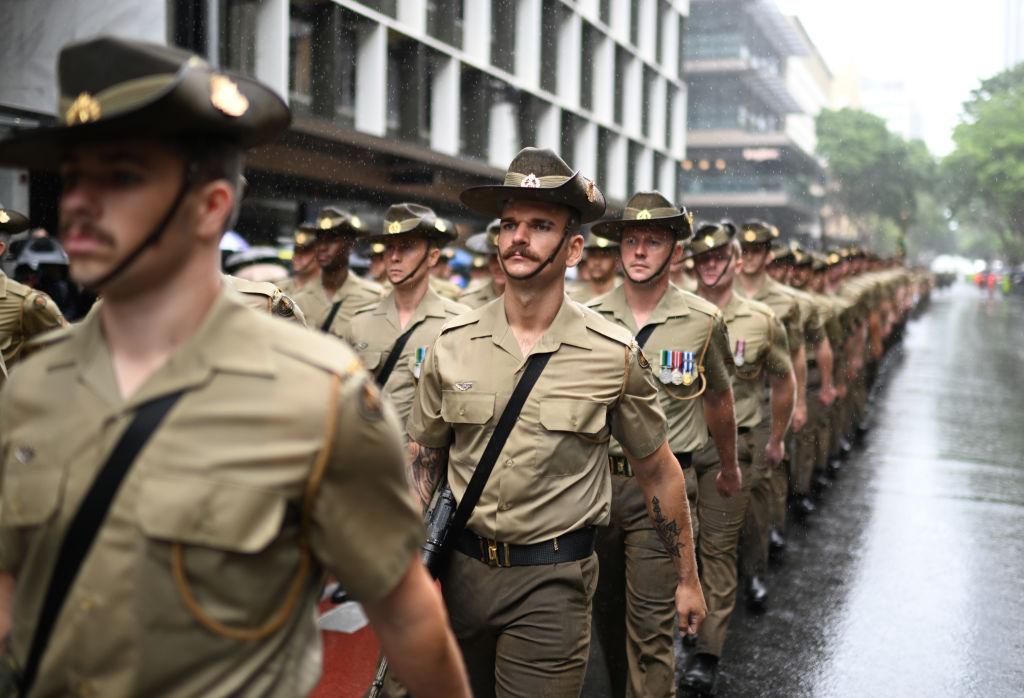
Defence Minister Richard Miles said the government “has done an extraordinary amount of work to make sure that defence can live within their funding envelope.”
“We’ve lowered the debt burden and reduced the interest on that debt in the order of $70 billion.
2. NDIS
The National Disability Insurance Scheme has emerged as the second fastest area of government spending, and is expected to grow 8.2 percent per year instead of the 9.2 percent outlined in the federal budget.Spending on the service has already blown out to $44.3 billion in the 2023-24 financial year—about $2.4 billion more than anticipated.
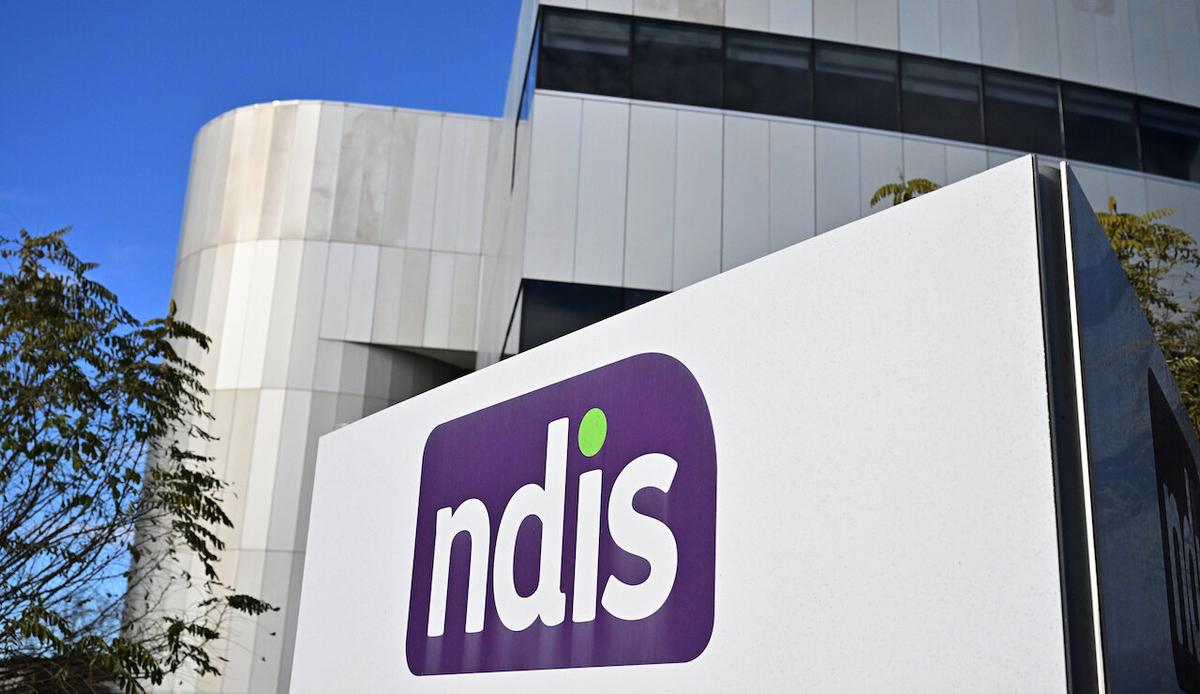
The most recent MYEFO documents said the government was trying to deal with “growing pressures” on the network, but pledged funding to go to “those who need it most.”
The National Disability Insurance Agency, the overseeing body of the NDIS, will be provided with $280 million in the 2025-26 financial year to help fund the transition of ssparticipants to a new planning framework.
1. Interest on Debt Repayments
Despite costing less overall compared to the previous spending areas, Australia’s interest payments on its debt are growing at the fastest rate, at 10.9 percent per year until 2034-25.This is higher than the estimated 9.9 percent growth rate in the federal budget.
Australia has already paid $22.5 billion in just interest repayments from 2023-24.

Calls for Faster Economic Growth
The latest MYEFO has spurred the Productivity Commission Deputy Chair Alex Robson calling for policies to spur faster economic growth.“The data underscores the point that reinvigorating productivity is a national priority,” he said.
“Productivity is key to the health of the economy.
“Even small changes that make the economy more dynamic and efficient can deliver big economic dividends and add up to major improvements in real wages and living standards over time.”

